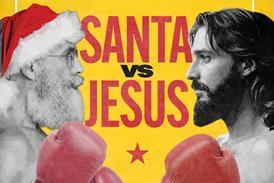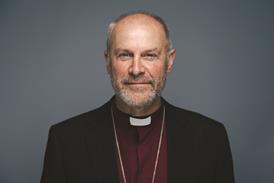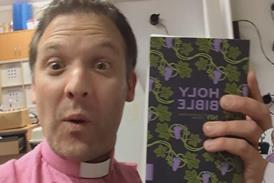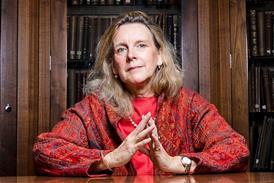How Windrush changed the British Church for good
By  Mark Sturge2023-06-05T10:55:00
Mark Sturge2023-06-05T10:55:00

As the UK marks the 75th anniversary of Empire Windrush, Mark Sturge unpacks the enormous impact of this generation on the British Church
The story of Windrush is the story of modern British history. It is also the story of British church life over the past 75 years. It is foundational to the growth and development of contemporary African and Asian Christian stories and is the fulcrum to understanding much of modern Christianity in Britain today.
Related articles
-
 Opinion
OpinionThank God for immigration. It’s reviving our dead churches
2023-08-14T10:24:00Z By Kayode Adeniran
Many churches in urban areas are experiencing huge growth. As the already critically-acclaimed book This is Not America argues, we’ve immigrant Christians and their children to thank for holding back the tide of secularism in the UK, says Kayode Adeniran
-
 Opinion
OpinionThis Reform MP is wrong. Christmas is not being ‘cancelled’ in the UK
2025-12-15T16:09:00Z By Frank Allen
Sarah Pochin MP has claimed Christmas could be “cancelled by the woke liberati”. But this is misinformation, argues Frank Allen. Christians the world over pray for the rights and freedoms that British believers enjoy, he says
-
 News Analysis
News AnalysisTommy Robinson just held a Christmas carol concert. Here’s what happened
2025-12-15T13:46:00Z By Dr William Allchorn
Tommy Robinson’s latest rally in Central London brought together hundreds of people to sing Christmas carols. Dr William Allchorn went along to find out whether the event was political, religious, or a mixture of the two
More from Features
-
 Magazine Features
Magazine FeaturesSanta vs Jesus: When Claus meets the Christ
2025-11-28T11:20:00Z By Paul Kerensa
They’re often pitted against one another, but new research from Paul Kerensa has revealed it hasn’t always been this way. Can the Sleighman and the Saviour be friends after all?
-
![Jesus-myths-01-[Recovered]](https://d17xjl6rg4e8ic.cloudfront.net/Pictures/100x67/6/3/7/45637_jesusmyths01recovered_933246.jpg) Magazine Features
Magazine Features6 myths about Jesus debunked
2025-11-28T10:05:00Z By Jared Brock
Given it’s his birthday (kind of), it’s only fair we get to know the real Yehoshua ben Yehoseph. Jared Brock separates fact from fiction
-
 Magazine Features
Magazine FeaturesChurch is overwhelming for many. Here’s how to help
2025-11-28T03:29:00Z By AJ Gomez
Church should be a refuge – but for many, attending a Sunday service is tough. AJ Gomez investigates why some Christians find gathering together difficult, and what both leaders and individuals can do to help
- Issues
- Topics A-Z
- Writers A-Z
- © 2025 Premier Christianity
Site powered by Webvision Cloud


























